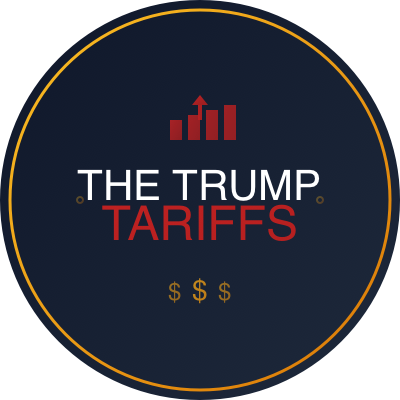NextFin news, on November 6 and 7, 2025, pivotal developments unfolded in the United States’ ongoing trade conflict under President Donald Trump's administration, which started on January 20, 2025. Central to these developments are newly imposed “poison pill” clauses embedded in recent bilateral trade agreements with Malaysia and Cambodia, which have raised significant concerns among international trade experts, governments, and economists. These provisions stipulate that if either country enters into agreements with third parties that Washington perceives as detrimental to US economic and national security interests—explicitly targeting China and its growing regional influence—the US can unilaterally terminate these agreements and reimpose previously lifted reciprocal tariffs that had been established on April 2, 2025.
The US administration, represented by Solicitor General D. John Sauer at a Supreme Court hearing on November 5, 2025, defended these reciprocal tariffs as regulatory tools rather than revenue measures. The administration argues these tariffs are designed to coerce behavioral changes from trading partners, serving foreign policy objectives under the International Emergency Economic Powers Act (IEEPA) of 1977. The strategy shows a continued commitment by President Trump’s administration to leverage trade as a mechanism for geopolitical influence, particularly in economic competition with China, which it labels a strategic adversary.
International trade scholar Simon Evenett has explicated that these “poison pill” provisions mark a significant shift from the earlier Trump administration’s 2018 trade deals with Mexico and Canada, which included multi-step procedures before action could be taken against alleged violations. The new provisions are direct and unilateral, involving immediate termination and tariff reversion if terms are violated. This trend institutionalizes trade agreements as extensions of US geopolitical strategy rather than purely economic contracts, effectively conditioning Southeast Asian nations’ sovereign trade decisions on conforming to US security paradigms.
This move seeks to disrupt established supply chains, particularly those known as “factory Asia,” where Malaysia, Cambodia, and ASEAN countries have developed robust economic ties with China. Simultaneously, China and ASEAN on November 30, 2025, reinforced their economic integration by upgrading their Free Trade Area protocol, signaling a competing vision committed to multilateralism and free trade principles.
Economically, the potential reimposition of tariffs approaching 49% could be devastating for Cambodia, which exports approximately 42% of its goods to the US, destabilizing its export-driven economy. For Malaysia, the threat of immediate tariff reinstatement creates a coercive atmosphere, forcing alignment with US strategic objectives. From a legal perspective, the administration’s reinterpretation of tariffs under IEEPA to circumvent judicial challenges exemplifies a broader executive willingness to aggressively expand presidential authority in trade and foreign policy.
This strategy also reflects broader efforts to maintain US dominance amid emerging global economic realignments. Trade disagreements act as leverage in a multifaceted economic war shaping not only bilateral market access but also broader global governance frameworks, such as technology and supply chain security. As suggested by Evenett, the unclear definition of “essential US interests” grants Washington expansive interpretative power, heightening uncertainty among US trading partners and possibly deterring them from pursuing independent trade or diplomatic strategies with non-US aligned countries.
Looking forward, these “poison pill” provisions usher in a paradigm of conditional trade partnerships increasingly tied to geopolitical loyalty, a trend that may spread to future US agreements with other countries. This risks fracturing the global trading system further, encouraging economic decoupling, and fostering regional blocks politically polarized between the US-led and China-led spheres of influence.
Strategically, President Trump’s administration appears intent on reshaping global supply chains to reduce US vulnerability, applying tariffs and regulatory controls as geoeconomic weapons. This approach aligns with concurrent US policies on technology export controls, investment restrictions, and digital currency competition. The Supreme Court’s rulings on the legality of these tariffs and their alignment with executive authority could set critical precedents for the future of US trade policy.
Overall, the extension of the trade war through these aggressive “poison pill” provisions not only secures President Trump’s political narrative on protecting US economic interests but also institutionalizes a coercive framework leveraging economic dependency for geopolitical compliance. The economic fallout in Southeast Asia, the legal implications in US courts, and the repercussions for China-US relations collectively underline a fraught landscape where trade policy becomes a primary battleground in 21st-century global power struggles.
According to the World Socialist Web Site, this scenario exemplifies the Trump administration’s capacity to dynamically recalibrate policies and legal arguments to sustain its comprehensive trade offensive despite domestic and international opposition, hinting at a protracted and volatile trade conflict likely to shape global economic relations well into the coming years.
Explore more exclusive insights at nextfin.ai.

